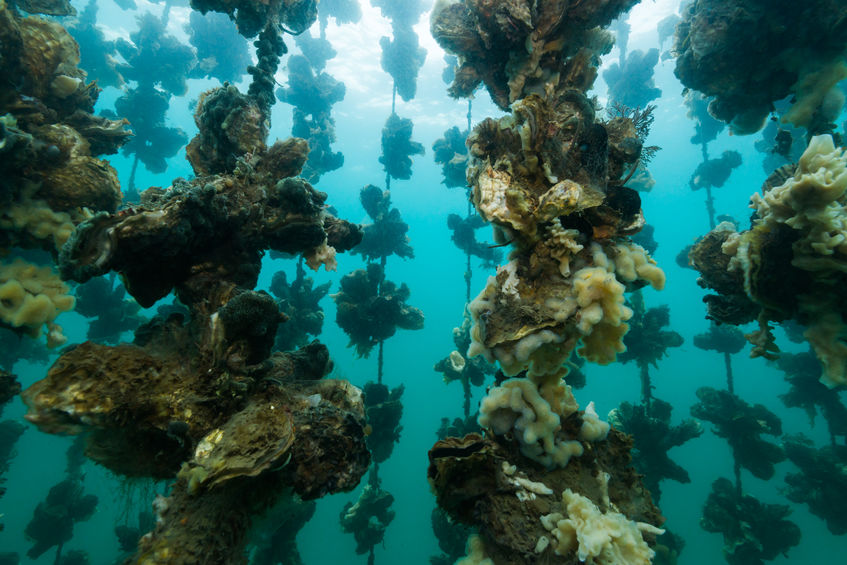Can oyster farmers and shorebirds live together in peaceful harmony?
Well according to a new study published in the journal Ecosphere, the answer appears to be “Yes.” This is good news not just for the birds, but for also what is becoming a burgeoning cottage industry along the Delaware shore.
Although just starting to bubble up as a business, there has been an growing interest in so-called “boutique oysters” on the half shell market, and the “low-tech” nature of this particular type of oyster farming makes it an attractive investment for small-business entrepreneurs.
“Oyster farming has many ecological benefits and is widely recognized as one of the most ecologically sustainable forms of food production,” said study co-author David Bushek, a professor and director of Rutgers’ Haskin Shellfish Research Laboratory. “Farmers appreciate the ecology around them as they depend on it to produce their crop. The idea that oyster farming might be negatively impacting a threatened species concerns them deeply, so they’ve voluntarily taken on many precautionary measures. They’d like to know which of these measures help and which don’t as they all inhibit their ability to operate efficiently.”
Fortunately, according to the findings in this latest study, it doesn’t appear as though there needs to be many (if any) measures undertaken by farmers to protect threatened species — especially shore birds. As reported in the Rutgers University publication Rutgers Today:
Researchers assessed the impact of oyster aquaculture along the Delaware Bay on red knots and three other migratory birds of conservation concern: ruddy turnstones, semipalmated sandpipers and sanderlings. The scientists found that oyster tending reduced the probability of shorebird presence by 1 percent to 7 percent, while untended aquaculture structures had no detectable impact.
The study showed foraging rates were mostly influenced by environmental conditions, especially the presence of gulls or other shorebirds. None of the four bird species of concern substantially altered their foraging behavior due to the presence of tended or untended oyster aquaculture.
For more information, read the full article in Rutgers Today here.
